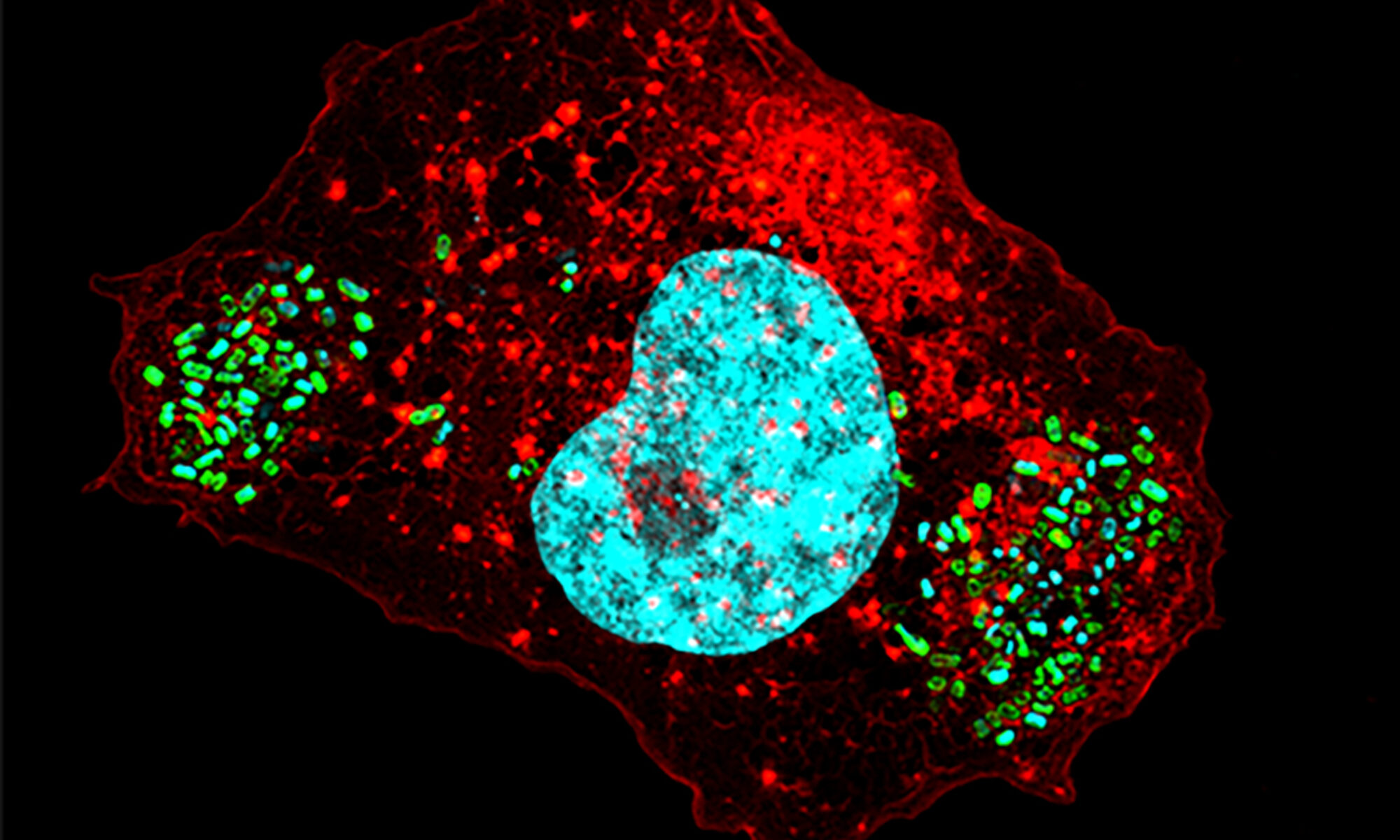Drug discovery is the first step in the pipeline of drug development and is the corner stone of pharmaceutical development. Although many attempts are being made to design molecules for specific drug targets, high-throughput screening (HTS) in which thousands or millions of compounds are assayed against a specific effect or activity is still the most common method of identifying drug candidates.

There are many different HTS assays designed for lead discovery, however one of the biggest obstacles HTS often has to overcome is how to measure the reaction rate, thus the majority of assays are biochemical and the read out is often fluorescence or radiation. Fluorescence resonance energy transfer (FRET) assays are one of the most common biochemical assays used for HTS and involve transfer of energy between two fluorophores when in close proximity, i.e. during enzyme-substrate complex formation. Although these assays are sensitive and allow real-time analysis, the use of fluorophores means physiological substrates cannot be used. As well as this, the read-out is often a secondary method, rather than a direct measurement of the product concentration or intensity and this can be compromised by amplification steps or by compounds that may exhibit some fluorescence. Because of this, these assays can lead to false positives, with fluorescent read-outs often being the worst offenders in this respect with up to a 10% increase in false positives over other assay types such as scintillation proximity assays (SPA). More importantly, there can sometimes be false negatives in biochemical assays, as drug candidates may interact with the fluorophore in a way that negates the emission signal, thus active compounds may be missed. Evaluation of kinase and phosphatase fluorescent screening assays has highlighted that there is often a significant proportion of compounds that interfere with the fluorescent emission signal in either an additive or subtractive manner.
If you are interested, we wrote a nice review on the use of mass spectrometry in drug discovery: Dueñas et al, EMBO Mol Med, 2023 Link
The Rapiflex MALDI TOF mass spectrometer.
We and others have in recent years developed methods that employ high-throughput matrix-assisted laser desorption/ionization (MALDI) mass spectrometry for drug discovery. MALDI is the most validated and robust surface ionisation method whereby the analyte is mixed with a matrix, typically low molecular weight organic acids, and then co-crystalized on a metal target. Laser irradiation of the dried droplet facilitates proton transfer from the matrix to the analyte, thus ionising the analyte and allowing MS detection. Designed to be a soft ionization method specifically suitable for quantitatively detecting biomolecules in a single charged state, MALDI is particularly suitable for coupling to time of flight mass spectrometers (TOF-MS), whereby an ions mass-to-charge ratio is determined in a time dependent manner. In contrast to other ionisation techniques MALDI mass spectrometry on the other hand is tolerant to a number of standard buffer components and has rapidly become more popular in the field of drug discovery due to requiring very small sample quantities, minimal sample clean up and, most importantly for HTS, unmatched speed. We have applied this MALDI TOF technology to label-free screening for inhibitors for deubiquitinating enzymes (DUBs) (Ritorto et al, Nature Communications, 2014) by measuring the formation of monoubiquitin, an 8.5 kDa protein, as well as for the screening for inhibitors for SIK kinases (Heap et al, SLAS Discovery, 2017), proteases (Müller et al, SLAS Discovery 2022), and for E2/E3 ligases (De Cesare et al, Cell Chem Biol, 2018, De Cesare et al, Nature Protocols, 2021), as well as cellular assays (Heap et al, Analyst, 2021; Heap & Marin-Rubio, J Med Chem 2022).
Chemical Proteomics
We have recently utilised Thermal Proteome Profiling regularly to identify (off-) target effects of drugs in cells. Recent examples are the off-target of Palbociclib (Miettinen et al, EMBO J, 2018) and nilotinib (Heap & Marin-Rubio, submitted, 2021). Furthermore, we now use DIA to do TPP which enhances quantitation (George et al, J Proteome Res, 2023).
Members:
Amy George 🇬🇧
Mengchun Li 🇨🇳
Ruth Walker 🇬🇧
Simran Raheja 🇨🇭🇮🇳


